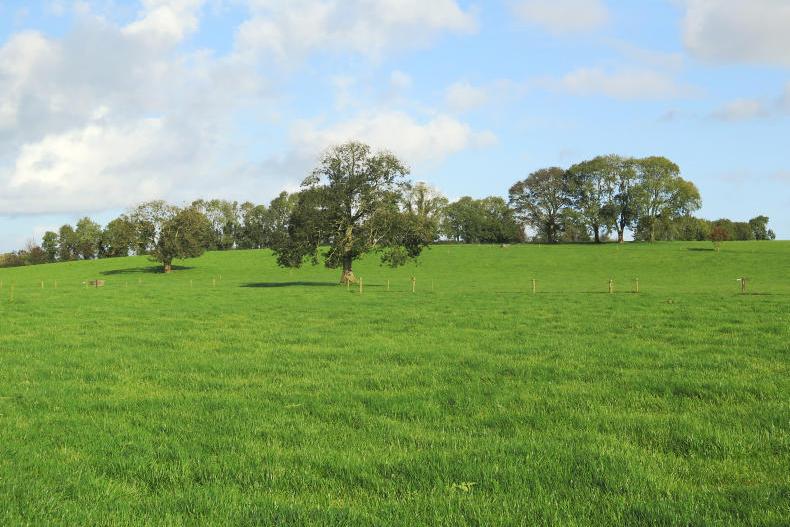There are new measures being introduced in 2020 for farmers seeking a nitrates derogation. The big change is that the net is getting bigger, meaning farmers who previously exported slurry to avoid going into a derogation will have to comply with most of the new measures.
Anyone over 170kg of organic N/ha (two livestock units/acre) will have to comply with most of the new measures. The main changes are that all slurry spread after 15 April will have to be spread with low-emission slurry spreading equipment, crude protein in concentrates will have to reduce, and a compulsory liming programme will have to be adopted. The biggest change will probably come in 2021, when all drains and watercourses (even if they are dry drains) will have to be fenced back 1.5m from the top of the bank.
Furthermore, roadways alongside drains and watercourses will need to be cambered towards the field. These changes will have big implications for some farmers, so planning for them should begin now. The derogation is of strategic importance to Ireland and even though some of these new measures are difficult to stomach, if they help to improve water quality, then they will serve a good purpose.
The Department has announced new grant aid for calf feeding equipment. A 40% grant aid is available up to an investment ceiling of €7,500 excluding VAT. Eligible items include computerised calf feeders, milk carts with mixers and calf teat feeders. When these items are purchased, other smaller items such as hay racks, dividing gates and milk heaters can also receive support.
The minimum investment is €1,000 excluding VAT. According to people in the industry, there is already a delay between buying and installing a computerised calf feeder. This announcement is likely to extend the waiting list, so put your form in and order the equipment to ensure sufficient time for delivery in time for the peak calf month of March.
Fertiliser prices seem stable, with no sign of a big change any time soon. Urea prices are back on this time last year by between €20/t and €40/t and I’m hearing of deals being done for between €325 and €345/t for decent-sized loads of wrapped urea on pallets. Top lift is cheaper. Decisions need to be made on whether this urea is purchased as protected urea or not. Scientifically, there is no big gain from using protected urea in early spring as ammonia losses are low anyway. Protected urea adds about €40/t to the price. The economic benefits only really kick in when it is used to replace CAN. The problem with urea is that it causes ammonia emissions.
The problem with CAN is that it causes greenhouse gas emissions. Protected urea is said to have lower ammonia and greenhouse gas emissions but if urea is spread in early spring the ammonia emissions are greatly reduced anyway. Farmers in Zone A can spread fertiliser and slurry from 13 January, farmers in Zone B can spread from 16 January while farmers in Zone C can spread from 1 February.







 This is a subscriber-only article
This is a subscriber-only article










SHARING OPTIONS: